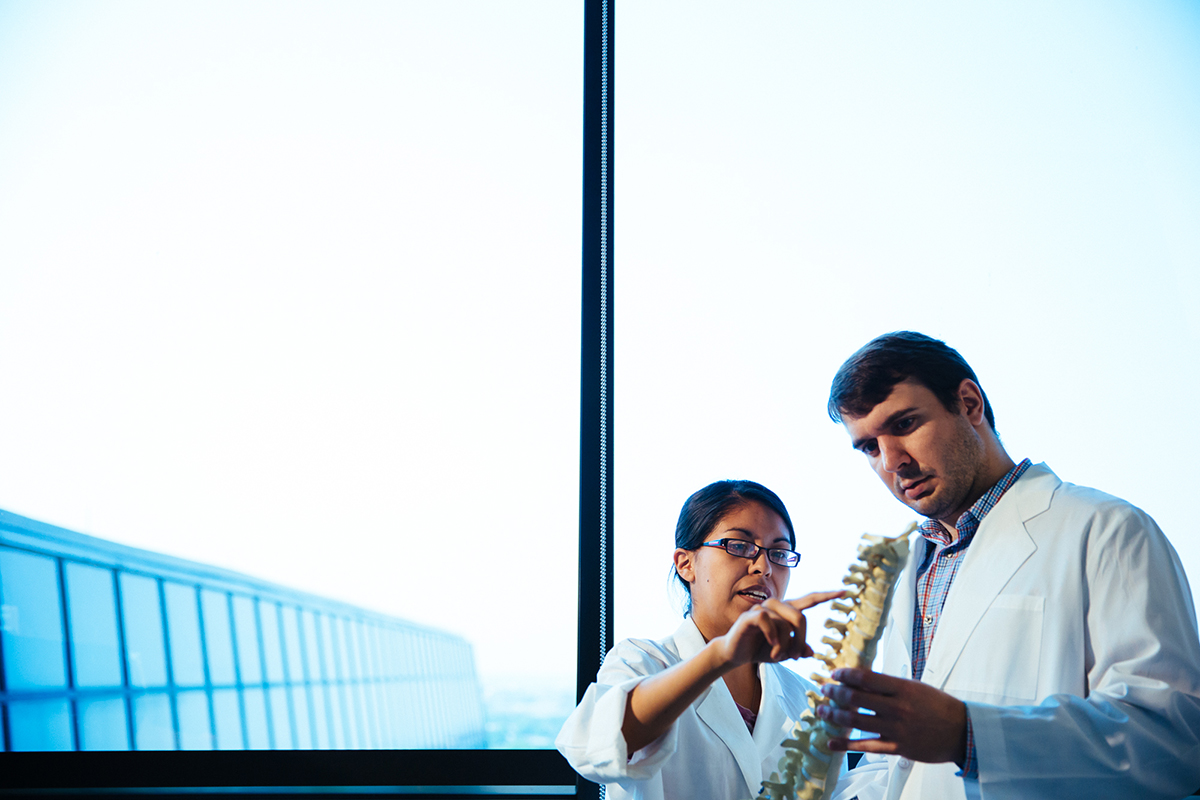Treatment
Pediatric Pain Management
What are the causes and effects of pain in children?
Pain management is an important concern for a child with cancer or other pain-causing diseases. When a child has cancer, one of his or her greatest fears, and the fear of parents, is pain. Every effort should be made to ease the pain during the treatment process.
Pain is a sensation of discomfort, distress or agony. Because pain is unique to each individual, a child's pain cannot be measured with a lab test or imaging study. Healthcare providers can evaluate a child's pain by observing him or her and asking about it. There are a number of tools and techniques available to help assess pain in children.
Pain may be acute or chronic. Acute pain is severe and lasts a relatively short time. It is usually a signal that body tissue is being injured in some way, and the pain generally disappears when the injury heals. Chronic pain may range from mild to severe, and is present to some degree for long periods of time.
Many people believe that if an individual has been diagnosed with cancer, they must be in pain. This is not necessarily the case, and, when pain is present, it can be reduced or even prevented. Pain management is an important area to discuss with your child's doctor as soon as a cancer diagnosis is made or suspected.
Pain may occur as a result of the cancer or for other reasons. Children can normally have headaches, general discomfort, pains and muscle strains as part of being a child. Not every pain a child expresses is from the cancer, or is being caused by the cancer.
Cancer pain may depend on the type of cancer, the stage (extent) of the disease, and your child's pain threshold (or tolerance for pain). Cancer pain that lasts several days or longer may result from:
-
Pain from a tumor that is enlarging, or pain from a tumor that is pressing on body organs, nerves or bones.
-
Poor blood circulation because the cancer has blocked blood vessels.
-
Blockage of an organ or tube in the body.
-
Metastasis. Cancer cells that have spread to other sites in the body.
-
Infection or inflammation.
-
Side effects from chemotherapy, radiation therapy or surgery.
-
Stiffness from inactivity.
-
Psychological responses to illness, such as tension, depression or anxiety.
Specific treatment for pain will be determined by your child's doctor based on:
-
Your child's age, overall health and medical history
-
Type of cancer
-
Extent of disease
-
Your child's tolerance for specific medications, procedures or therapies
-
Your opinion or preference
The two categories of pain management are pharmacological and non-pharmacological.
Frequently Asked Questions
What is pharmacological pain management?
What is non-pharmacological pain management?
Departments that Offer Pain Management

Skeletal Dysplasia Clinic
For more than 25 years, the Skeletal Dysplasia Clinic has provided multidisciplinary care for infants, children, and young adults with various forms of skeletal disorders.

Orthopaedic Surgery and Sports Medicine
From sprains and strains to complex congenital conditions, Children's National Hospital offers one of the most experienced pediatric orthopaedic practices in the nation, with experience in treating all areas from head to toe.



